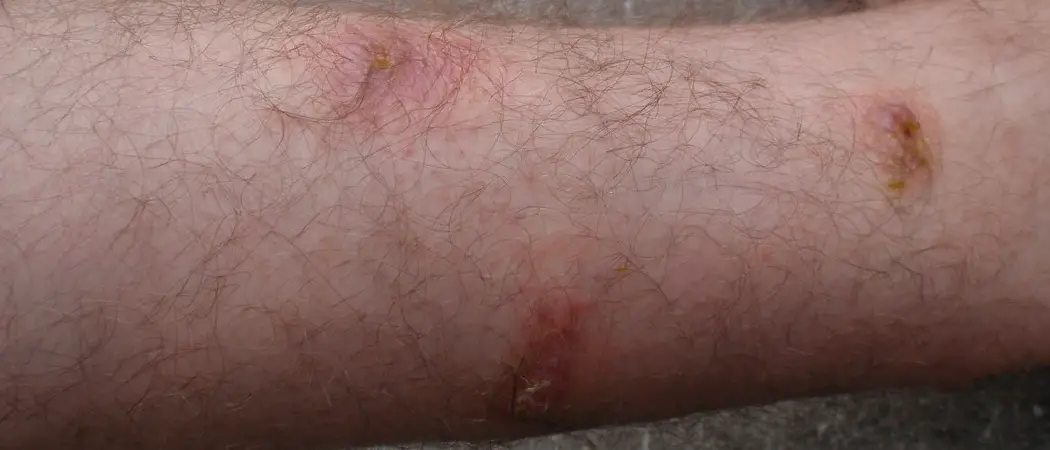Imagine embarking on a serene hike through the woods, the fresh air filling your lungs, only to return with an unwelcome souvenir: an itchy, blistering rash. This scenario is far from rare, as approximately 85% of the population is allergic to poison ivy, making it a common outdoor adversary. Poison ivy, characterized by its notorious “leaves of three,” contains urushiol, an oil that triggers allergic reactions in many individuals.
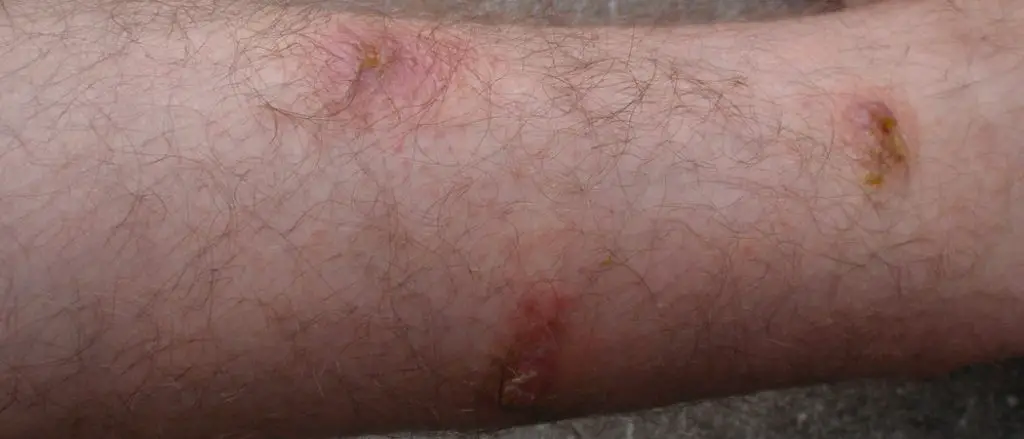
The prevalence of poison ivy across various landscapes and the ease with which people can encounter it during outdoor activities means that awareness and early identification are critical. Untreated, the rash can become severe, leading to extreme discomfort and potential complications.
The purpose of this blog post is to provide clarity and guidance on how to tell if you have poison ivy, empowering you to distinguish this particular rash from other skin conditions that might mimic its appearance. With knowledge comes the power to seek appropriate treatment and make informed decisions about how to manage your exposure to the natural world’s hidden irritants.
Unraveling the Enigma of Poison Ivy
The Culprit: Urushiol
Urushiol is the oily resin found in poison ivy that is accountable for the allergic reaction and rash many individuals experience. This compound is present in all parts of the plant, including the leaves, stems, and roots, and remains potent even on dead plants or in the air if the plant material is burned. When urushiol contacts human skin, it binds with skin proteins to trigger an immune response, which results in the rash associated with poison ivy. Sensitivity to urushiol varies from person to person, and interestingly, one may become more sensitive to it with repeated exposures.
Forms of Poison Ivy
Poison ivy can take many forms, and its appearance may vary widely depending on the season and environment. It commonly presents as a low-growing leafy bush in northern and western United States and as a climbing vine in the east, known as Eastern Poison Ivy. The leaves always group in threes, and in the spring, they are typically red or green with a glossy texture, becoming greener and duller as they mature. Poison ivy may bear fruit that looks like white berries, and in the fall, the leaves can turn vibrant red, yellow, or orange. The vines may have hair-like aerial roots and can also be a source of urushiol, so caution is advised even when the leaves are not present.
Look-alikes and Misconceptions
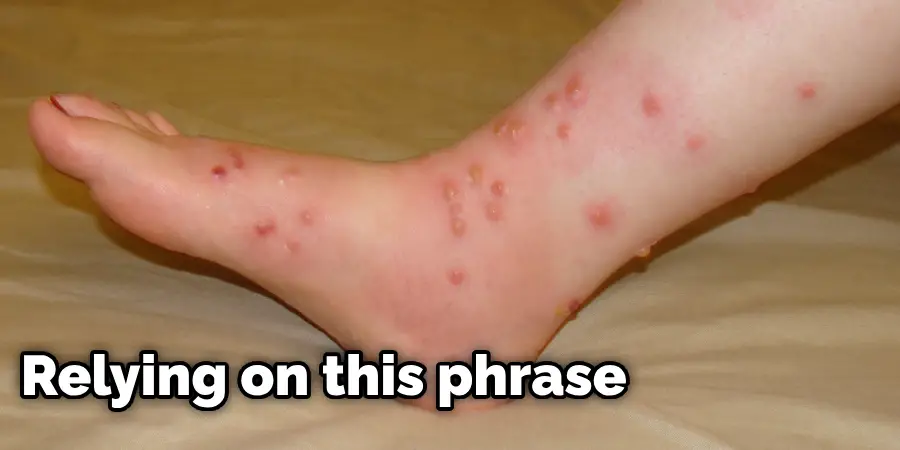
It is important to be able to correctly identify poison ivy, as there are several common look-alikes that can easily be confused with this irritant plant. For example, Virginia creeper and boxelder seedlings have leaf arrangements that can appear similar but are not risky to touch. One popular misconception is the idea that “leaves of four, let it grow.” However, relying on this phrase can be misleading, as poison ivy’s three-leaf formation is key to identification. Also, while some believe that a rash can spread from scratching, it is actually the spread of unremoved urushiol on the skin that causes this, rather than the rash itself being contagious.
How to Tell if You Have Poison Ivy: Recognizing the Symptoms
Timeline of Reaction
The timeline of a poison ivy reaction typically begins within 12 to 48 hours after contact with urushiol. Initially, one may notice minor itching or discomfort in the area of contact. This soon develops into redness and swelling, followed by the formation of blisters. The rash usually reaches its peak of severity within a few days but can last as long as 1 to 3 weeks. Full recovery can take up to a month, particularly in severe cases or when treatment is delayed.
The Itch You Can’t Scratch
The itching caused by a poison ivy rash is notoriously intense and persistent. It arises from the body’s immune response to urushiol and can significantly disrupt daily activities and sleep. Scratching the affected areas often feels like a natural response but can lead to further skin damage and potential infection, particularly with dirty nails, and thus, it is strongly advised against.
Visual Clues
Visually, a poison ivy rash is characterized by red, inflamed skin that may show streaks or lines correlating with the point of contact with the plant. The rash typically presents as raised bumps (papules) or large, oozing blisters (vesicles). The fluid in the blisters is not urushiol and cannot spread the rash, although rupturing them can cause secondary infections.
Variations in Appearance
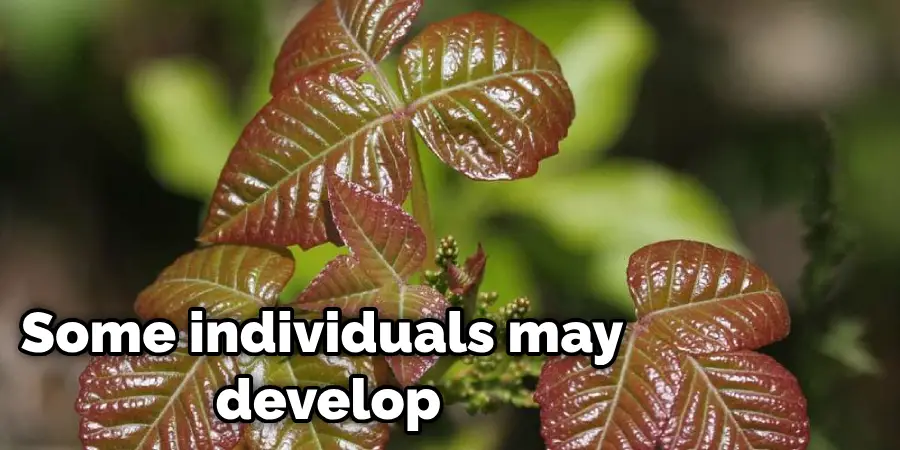
The appearance of a poison ivy rash can vary widely from person to person. Those with stronger sensitivities may experience a more severe reaction, with larger blisters and greater swelling. The severity can also increase with repeated exposure. Additionally, the location of the rash on the body and the amount of urushiol exposure can influence its appearance. Some individuals may develop a hardening (lichenification) of the skin after repeated rashes in the same area.
Differential Diagnosis: Ruling Out Other Possibilities
Insect Bites and Stings
Differentiating poison ivy from insect bites and stings is crucial for appropriate treatment. Insect bites often present as isolated, puncture-like marks or lumps, accompanied by redness and swelling, and are typically fewer in number than the rash caused by poison ivy. In contrast, poison ivy often displays a linear or patchy rash due to brushing against the plant. Insect bites can also manifest additional symptoms, such as a central punctum where the bite occurred, whereas poison ivy rashes do not have such centralized spots. Moreover, insect bites sometimes lead to systemic reactions, such as fever or anaphylaxis, which are not features of a poison ivy reaction.
Eczema and Dermatitis
Eczema and other forms of dermatitis may resemble the rash caused by poison ivy, presenting with red, itchy, and inflamed skin. However, eczema usually appears in the creases of the body, like the inner elbows or behind the knees, and is often chronic with a history of flare-ups. Dermatitis can be triggered by a variety of factors, including irritants, allergens, and stress, and doesn’t follow the linear or streaked pattern typical of exposure to poison ivy. Additionally, eczema and dermatitis rashes are not triggered by urushiol and thus lack the same contact pattern and history as poison ivy rashes.
Importance of Professional Diagnosis
When symptoms are severe and persistent or when there’s uncertainty in self-diagnosis, seeking a professional medical diagnosis is invaluable. Doctors can often distinguish between poison ivy and other skin conditions based on a visual examination and by taking a comprehensive medical history, including recent outdoor activities and potential exposures. In cases where poison ivy is suspected, a professional diagnosis can ensure that the appropriate treatment is administered promptly, thereby mitigating discomfort and preventing complications. This is especially important for severe reactions that may require prescription medication or in individuals with weakened immune systems.
Beyond the Rash: Additional Signs and Symptoms
Spreading the Itch
Urushiol, the oil found in poison ivy that causes the skin reaction, is remarkably adhesive and can easily cling to various surfaces, including clothing, pet fur, and gardening tools. If these contaminated objects are not properly cleaned and come into contact with the skin, the oil can transfer and induce a rash in new areas. Caution should be exercised to wash any materials that may have brushed against poison ivy. It’s important to remember that while urushiol can adhere to and be spread by objects, the rash itself is not contagious from person to person unless urushiol oil is present on the skin or on shared items.
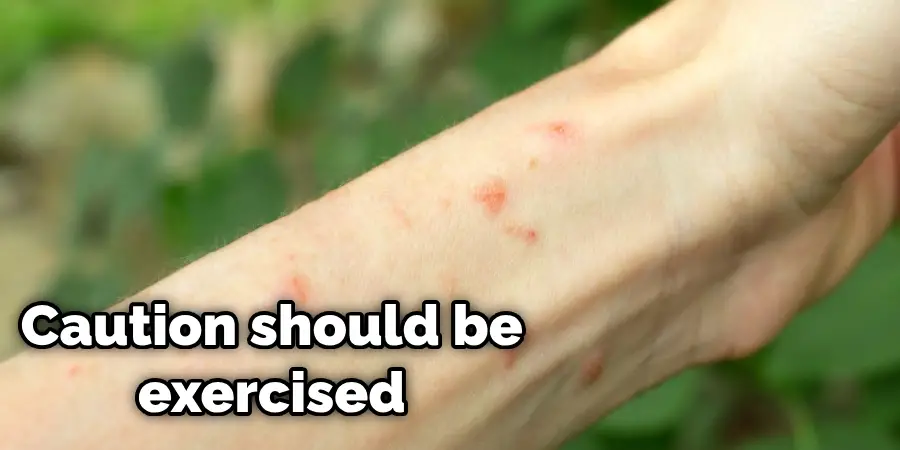
Internal Exposure
Burning poison ivy plants is highly dangerous because the urushiol oil can become aerosolized in the smoke. This poses a serious risk as inhaling the smoke can cause the lining of the lungs to become inflamed, leading to severe respiratory difficulty. The symptoms of inhalation may include coughing, difficulty breathing, and a potentially life-threatening condition known as pulmonary edema. It is critical to avoid burning any plants that may potentially be poisoned by ivy and to vacate the area immediately if such smoke is present.
Recognizing Secondary Infections
When poison ivy blisters rupture, the open sores are vulnerable to secondary infections, especially if the area is not kept clean. Signs of infection include increased pain, redness, swelling, pus, or developing an odor at the site of the rash. If you suspect a secondary infection, it is vital to seek medical attention, as antibiotics may be required to treat the infection. Maintaining proper hygiene and resisting the urge to scratch open blisters are key preventative measures to avoid secondary infection. It’s advisable to cover the affected area with a sterile bandage to not only protect the skin but also to remind oneself not to scratch.
When in Doubt, Seek Help: Tips on Consulting a Healthcare Professional
Signs of Urgent Medical Attention
Recognizing when a poison ivy reaction necessitates immediate medical attention can prevent serious complications. Urgent care should be sought if:
- The reaction is severe or widespread, covering a large portion of the body.
- Breathing becomes difficult, which could imply that urushiol has been inhaled.
- Swelling occurs, particularly if it affects the face or genitals.
- The rash doesn’t improve with at-home treatment after several days or worsens.
- An individual has a fever above 100.4°F (38°C) or displays signs of an infection, such as pus or yellow scabs.
Doctor’s Examination and Diagnosis
A doctor can typically diagnose poison ivy through visual inspection, mainly when the rash follows the characteristic linear or patchy pattern. A history of potential exposure further supports the diagnosis. For unclear cases, a physician may perform patch testing to determine if urushiol is the cause of the dermatitis or if it may be related to another allergen.
Treatment Options
Treatment options for poison ivy are designed to alleviate discomfort and reduce inflammation. These include:
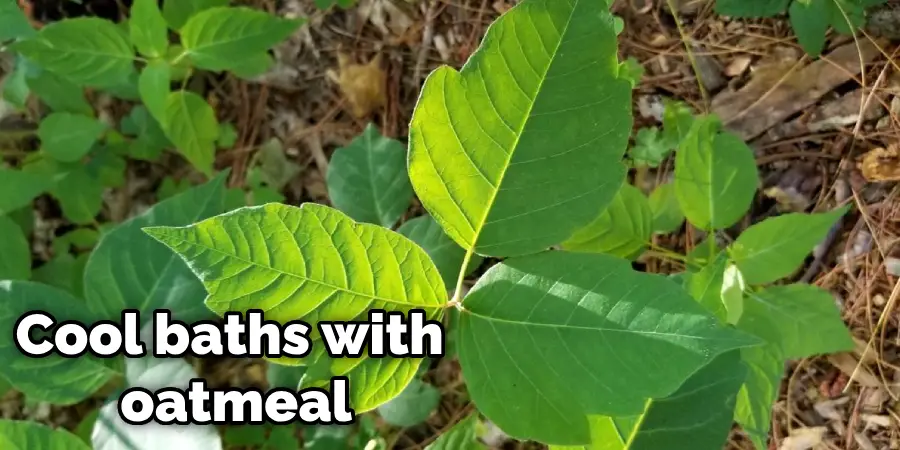
- Topical Medications: Calamine lotion, hydrocortisone cream, or topical antihistamines can help to alleviate itching and irritation.
- Oral Corticosteroids: For more severe cases, a doctor may prescribe oral steroids like prednisone to reduce swelling and redness.
- Home Remedies: Cool baths with oatmeal or baking soda can soothe the skin, and over-the-counter antihistamines may lessen itching. However, it’s important to use these remedies with caution and avoid any treatments that may lead to further irritation or an allergic reaction.
Prevention is Key: Tips on Avoiding Contact with Poison Ivy
Learning to Identify
One of the most effective ways to avoid poison ivy is to be able to recognize it and avoid contact altogether. Poison ivy can grow in various forms, including as a shrub, vine, or ground cover. It has clusters of three leaflets with pointed edges and may have wavy or smooth margins. The leaves are often green but can also turn red in the fall. The plant may also have white berries in summer, which should not be consumed as they are poisonous.
Avoiding Contact
When venturing outside, take care to avoid contact with potential poison ivy plants. Wear long-sleeved shirts and pants when hiking or working outdoors, and consider using protective gloves when gardening. Be aware of any objects that may have come into contact with poison ivy, such as clothing or gardening tools, and thoroughly clean them before use. Also, be mindful of pets who may carry the urushiol oil on their fur after exploring outdoors.
Preventative Measures
If you know you will be in an area with poison ivy, preventative measures can help minimize exposure:
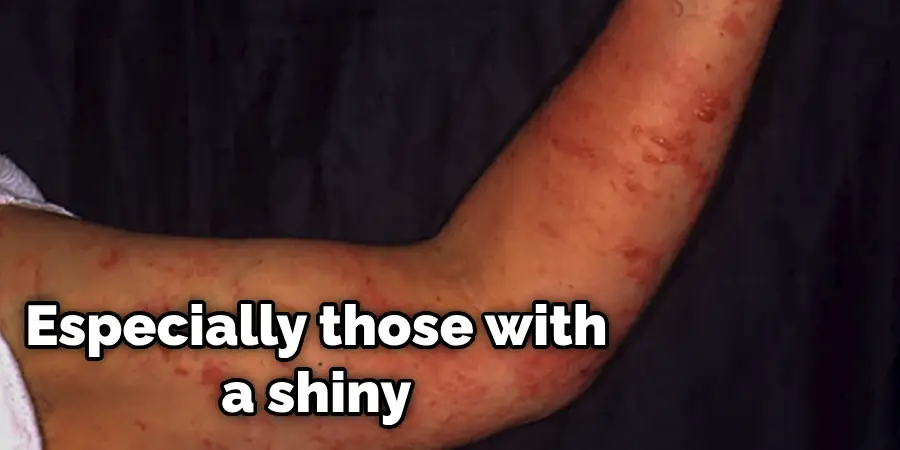
- Apply a barrier cream or lotion to the skin before going outside.
- Wear gloves and protective clothing when handling plants, especially those with a shiny appearance that may indicate urushiol is present.
- Wash any potentially contaminated objects thoroughly with soap and water, as well as your hands and body, if you suspect contact has been made.
Expert Removal
If poison ivy is growing on your property, it’s best to seek professional assistance for removal. Improper removal can cause urushiol to become airborne and spread, leading to potential exposure and a bigger problem in the long run. A trained expert can safely remove the plant and dispose of it properly to prevent any further contamination.
Overall, awareness and caution are essential in minimizing contact with poison ivy and avoiding the uncomfortable and potentially dangerous reactions it can cause. So remember, when in doubt, seek help from a healthcare professional and prioritize prevention through proper identification and avoidance techniques. Stay safe!
Conclusion
In conclusion, poison ivy is a plant that should be handled cautiously because it can cause severe allergic reactions. The urushiol oil found in the plant is the main culprit behind these reactions, making it crucial to avoid contact with any parts of the plant.
Proper and immediate treatment can help alleviate symptoms and prevent further complications in case of exposure. Moreover, identifying poison ivy and taking preventative measures are key to avoiding contact with the plant. With proper knowledge and precautions, we can protect ourselves from this troublesome plant and enjoy the great outdoors without worry. Remember, when in doubt, seek help from a healthcare professional for proper diagnosis and treatment. Stay safe and happy exploring! So, let’s all continue to spread awareness about poison ivy and keep ourselves and others safe from its harmful effects. Together, we can prevent the itchy rash of poison ivy and enjoy all that nature has to offer. Thanks for reading this article about how to tell if you have poison ivy.

